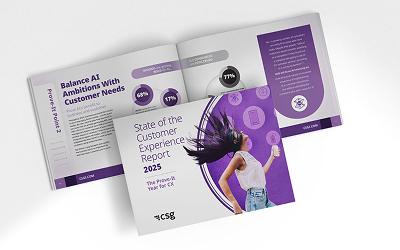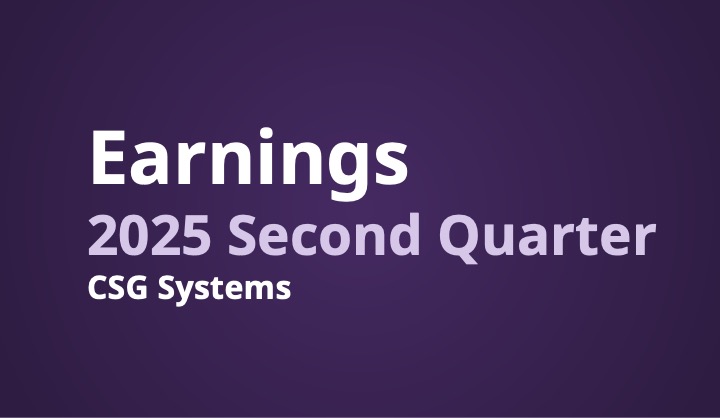Third-party cookies are an endangered species. Google is planning to phase them out by the end of 2024, joining other web browsers (such as Apple Safari and Mozilla Firefox) that already block them. In early January, Google began testing Tracking Protection, a “new feature that limits cross-site tracking by restricting website access to third-party cookies by default.” Chrome has restricted third-party cookies for 1% of its users and will ramp up the restrictions to 100% of users from Q3 2024. As of December 2023, Google Chrome accounts for 64.7% of global browser usage (about 2.5 billion users).
Digital marketers are worried, since approximately 75% of businesses rely on cookies for targeting and retargeting online ads. According to Forbes, “The loss of third-party cookies will make it much harder for advertisers to track users across the web and serve them targeted ads.”
Without third-party cookies, how will marketers collect and use consumer data to deliver personalized experiences?
Businesses will need to shift their focus to zero- and first-party data to thrive in a post-third-party cookie world. Many businesses already have a wealth of first-party data. Now more than ever, they need a way to activate that data to personalize interactions throughout the customer journey. Progressive profiling, a customer data platform and journey management are essential tools that are ready to pick up where third-party cookies leave off.
What Are Cookies—And Why Are They Such a Big Deal?
Cookies are small text files that are stored on consumers’ computers or mobile devices when they visit a website. Cookies track browsing history (e.g., pages viewed, what was clicked), IP address and geographic location, and remember user preferences.
- First-party cookies are website specific, set by the company whose website people are visiting. First-party cookies collect information about activity on that website to improve the user experience (such as personalizing the homepage to show products in the user’s favorite color). When visitors leave the website, first-party cookies stop tracking them. First-party cookies are here to stay, so they remain a valuable source of consumer data.
- Third-party cookies follow users across the web as they visit other websites, gathering information about overall browsing habits. Third-party cookies are generated by digital marketing agencies that use the data to create individual and group audience profiles. These profiles form the basis for ad targeting and retargeting campaigns.
Third-party cookies are heading for extinction due to user privacy concerns. Consumers are worried about how businesses are using their personal data. Privacy regulations such as the European Union’s General Data Protection Regulation and the California Consumer Privacy Act are building restrictions for companies that collect and use personal data.
How will marketers fill the void left by the demise of third-party cookies?
It’s Crunch Time: Zero-Party and First-Party Data Will Step Up
Zero-party data
Zero-party datais information that consumers intentionally and voluntarily share, directly reflecting their preferences, interests and intent. For example, website visitors may complete a customer profile, survey, quiz or online calculator. Or they may share information via email or text message conversations.
First-party data is gathered from user interactions with a brand’s websites, apps or physical stores, providing indirect insights into consumer behavior. For example, a woman who searched for—or recently purchased—“What to Expect When You’re Expecting” is probably expecting her first child. She may need a crib, car seat or other baby-care items. First-party cookies will continue to provide this information.
Zero- and first-party data are essential components of the customer data profile that allows businesses to deliver personalized messages and experiences. Marketers need three essential tools to collect, track and activate that data.
Progressive profiling
Progressive profiling is an effective strategy to collect zero-party data without overwhelming consumers with too many questions at once. Progressive profiling refers to gradually building a customer profile by asking additional questions every time customers interact with the company’s website. Progressive profiling in real time enables organizations to dynamically gather and update customer information on the fly, ensuring that interactions are consistently tailored and relevant throughout the entire customer journey.
For example, the first time someone visits a coffee shop’s website, trying to access public Wi-Fi, the form asks for their name and email address. On the next visit, the form includes additional questions, such as their favorite coffee drink, or which food items they purchase with their mocha. Over time, marketers develop a more detailed picture of each customer’s preferences—and use that information to personalize customer communications. A customer journey management platform can send a targeted, contextual offer, offering a discount on the customer’s favorite drink or snack.
What do you do with all that zero-party and first-party data you collect?
A Customer Data Platform Creates Unified, Real-Time Customer Profiles
A customer data platform collects, integrates and manages data from multiple sources—such as the customer relationship management (CRM) system, browsing and purchase history, customer service, and billing—to create real-time customer profiles that provide insights about customer behavior, preferences and needs. Those insights are essential for personalizing communications and experiences.
Customer data platforms simplify compliance with data privacy regulations by cleaning the data and creating a single record that unifies all the data for each customer. If a customer asks to have personal data deleted, the CDP saves the business time by identifying the source systems (e.g., CRM) where the requested data should be deleted.
A Decisioning Engine Delivers Personalized Experiences
A decisioning engine uses real-time customer data profiles to create hyper-personalized marketing campaigns that are tailored to each customer’s individual needs. This can help improve customer engagement, satisfaction and lifetime value. For example, if a customer recently searched online for dog beds, you can automatically send a targeted offer for a special deal on an orthopedic bed. And your website can be personalized to display dog beds on the home page.
One Integrated Solution for a Post-Cookie World
CSG Xponent, our customer experience solution, is purpose-built with a customer data platform, customer analytics and real-time decisioning at the core of the technology. Xponent can help you collect zero- and first-party customer data through progressive profiling and customer interactions with your brand—before, during and after the point of sale. Then the platform analyzes that data and predicts intent to deliver the right personalized messages at the customer’s time of need and preferred engagement channel. Xponent can help your business thrive in a digital marketing world without third-party cookies.











